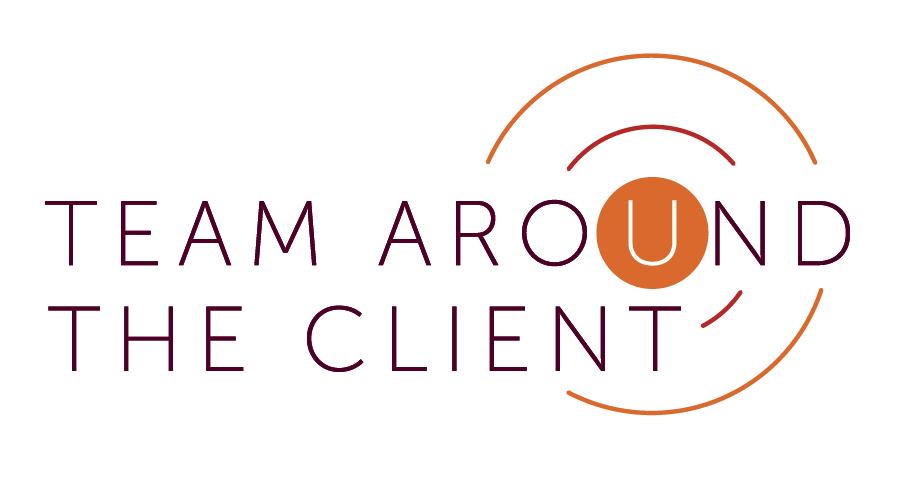Alice - A Fight for Life: 40 years on
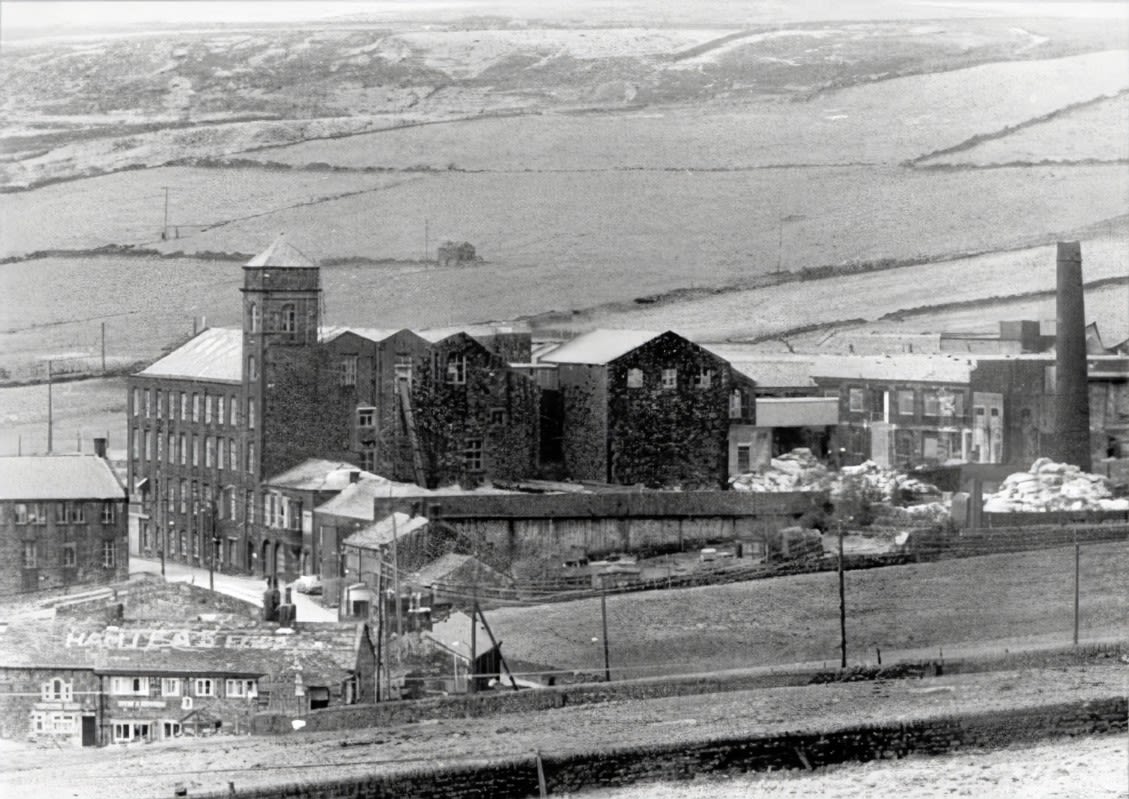
On 20 July 1982, four days before I was born, Yorkshire Television aired the documentary Alice - A Fight for Life, in which 47-year-old Alice Jefferson spoke candidly about her diagnosis of mesothelioma following her exposure to asbestos at Cape's Acre Mill in Hebden Bridge.
The documentary showed in no uncertain terms the devastating impact surrounding the manufacture and use of asbestos products, and its clear link with the development of cancer.
More than two decades on I started my legal career, specialising in industrial disease and later deciding to focus purely on representing people impacted by asbestos exposure, and their families. Seeing clips of Alice for the first time was unforgettable; and the 40th anniversary of this ground-breaking documentary seems ever more poignant given a recent Parliamentary Committee's recommendation for the phased removal of asbestos from all public buildings within the next 40 years. Thinking about the documentary again has led me to ask what progress has been made in the last 40 years since Alice so bravely told her story; and where will we be in another 40 years’ time in 2062?
Alice Jefferson
Alice Jefferson was a typical ‘West Riding lass'. Strong, straightforward, determined. As a teenager she needed to earn money and plenty of work was available at Acre Mill, an asbestos factory ran by Cape - one of the world's largest asbestos manufacturers. Alice only worked there for 9 months at the age of 17 but sadly the damage was done. 30 years later she became unwell and was told she had developed mesothelioma, an incurable cancer caused by the inhalation of asbestos dust and fibres.
Like most people who worked with asbestos during the 20th century, Alice knew nothing about its dangers and Cape, her employer, failed to protect her. In a heart-wrenching scene where Alice speaks from her bed she said:
"I never thought it was dangerous at all… And when you think back that it's just the result of working, for a paid wage, at a job you didn't think was dangerous. It never entered your head it was dangerous; it makes me feel right bitter."
At the time of her diagnosis, Alice was married and had two children, Paul who was 15 and Patsy who was five. She would have had many years of life ahead of her, and understandably wanted to see her children grow up but her world came crashing down when she was given the devastating news: "You've come to tell me I’ve had it haven't you? And he said yeah. I said - so how long have I got then? He said three to six months". Alice's concern was not for herself but for her family; something that I have heard many times from the people I have seen privileged to represent over the years.
Alice also spoke about compensation and how it isn’t possible to compensate people who develop mesothelioma. This is something I have always found difficult to discuss with my clients. How can you compensate someone for their life? You simply can't. Cape offered Alice £13,000. A pitiful sum. Alice said "For a week of this pain, what they offered me wouldn't compensate. It's a new body I want but you owe it to yourself and your family to keep fighting". Alice was forced to take the company to Court and in one scene is pictured outside the High Court in Leeds, a hearing in which Cape were ordered to pay her £36,000.
The documentary is so emotional; so personal. You cannot help but feel both anger and sadness when hearing Alice speak about how a job she did, to put food on the table, led to her being diagnosed with a terminal, incurable illness which robbed her of her life.
So why, when in 1982 (and long before) it was known the damage that asbestos could do, was its use not stopped and what has changed since then?
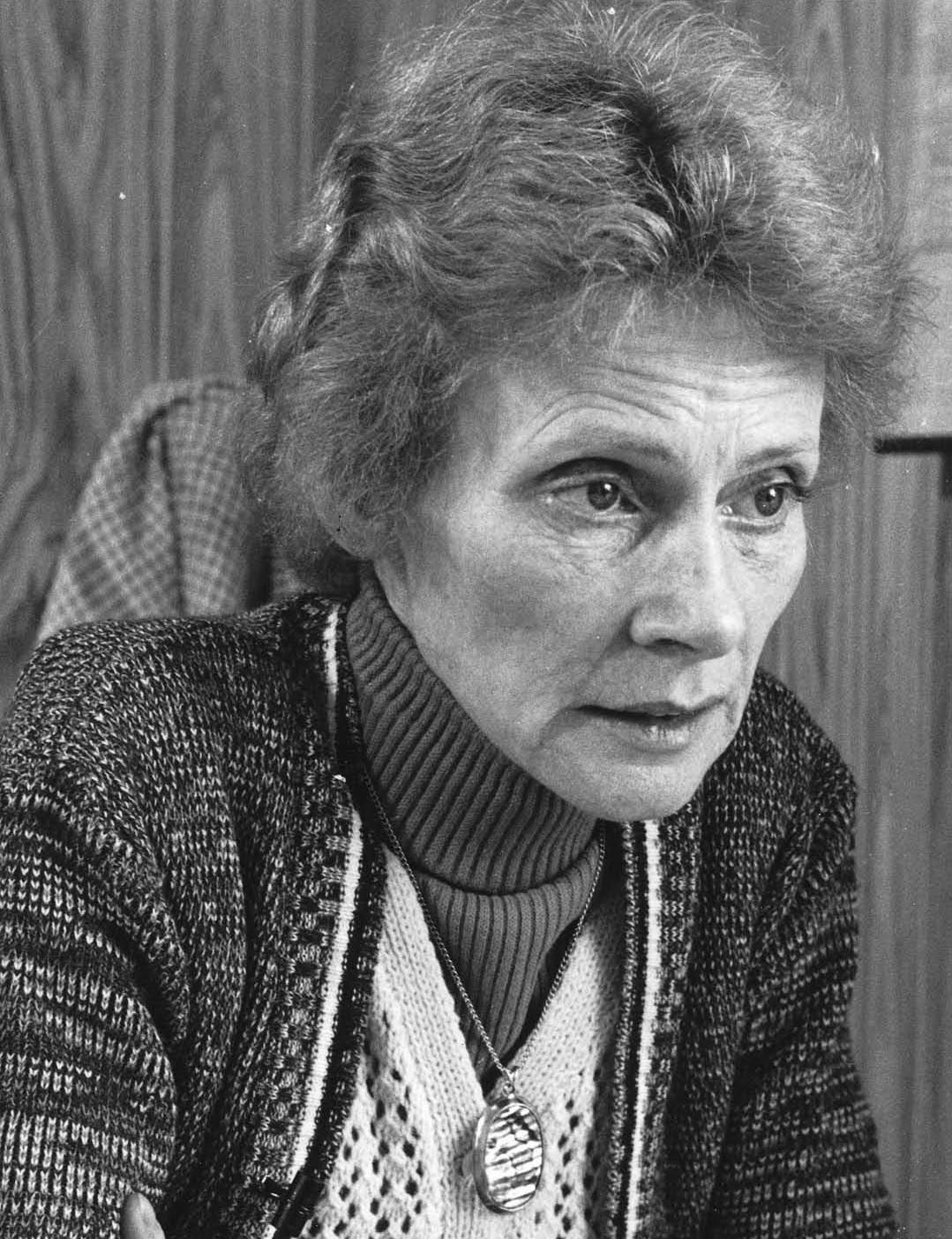
1982-2022

Legislation
The most important change in the 40 years post the Alice documentary is that asbestos was banned. In 1985 laws were introduced to ban the import and use of crocidolite (blue asbestos) and amosite (brown asbestos), however chrysotile (white asbestos) was not banned until November 1999! We have also seen more legislation enacted to regulate the use of asbestos, and for the safe management of it. The Compensation Act 2006 was also an important piece of legislation because it enabled claimants to recover compensation in full against any one defendant where breach of duty/negligence could be shown even if they had exposure elsewhere.
Litigation
In the years following the Alice documentary there has been increased litigation as those who have developed mesothelioma and other asbestos diseases have fought back and pursued claims to hold their employers or the organisations that negligently exposed them to asbestos to account.
In 1995 June Hancock became the first claimant in the UK to establish successfully that environmental exposure to asbestos through going to school close to the JW Roberts site in Armley, Leeds, had caused her mesothelioma. Whilst the connection between secondary exposure to asbestos (such as from the work clothes of loved ones) became apparent in 1965 with the Newhouse and Thompson research, and claims were pursued successfully, it wasn’t until 2019 that there was the first court judgment in a secondary exposure claim when John Carey established his wife Lydia had contracted and died from mesothelioma as a result of his work with asbestos at Vauxhall Motors.
In 2002 a special list for asbestos related illness claims was set up in the High Court in recognition of the need to expedite mesothelioma cases. A Pre-action Protocol was devised and a specific Mesothelioma Practice Direction which allowed for a ‘show cause’ procedure whereby defendants are required at the first court hearing to show they have a realistic prospect of defending a claim otherwise judgment on liability is entered in favour of the claimant.
Asbestos support groups and raising awareness
The first Asbestos Victims Support Group was set up in Hull in 1985 a few years after the Alice documentary aired. The establishment of further regional asbestos victims support groups in asbestos 'hotspots' over the following years has been crucial in giving those affected by asbestos and their families a voice, to enable people to share experiences and support each other, and to campaign and lobby for change. Even the pandemic did not prevent this excellent work continuing. Support groups utilised applications such as Zoom to enable people to meet online whilst staying at home, and held virtual events to educate, support and raise awareness.
The Alice documentary led the way in raising awareness of mesothelioma and asbestos diseases and, since 1982, the work has continued and has been truly inspiring. 2006 saw the first national Action Mesothelioma Day (AMD); an annual event aimed at remembering those who have lost their lives to mesothelioma and raising awareness. AMD is now held on the first Friday of July and every year there are ceremonies up and down the country.
No doubt due to this work, most people have probably now heard of asbestos and are aware it is dangerous, but still the average person is unlikely to have heard of or be able to pronounce mesothelioma. More recently, Action Meso was established and brought together the asbestos community with one voice. The collaboration led a powerful campaign in 2021, 'Hard to say, easy to prevent'. Recordings asking people who had never heard of the condition to say mesothelioma ('Mee-so-thee-lee-ow-mah') went viral. This year, for the #GoBlueForMeso initiative, landmarks around the country were illuminated blue on AMD, this will no doubt have had a further positive impact. Asbestos awareness initiatives are imperative and must be sustained and repeated, to reach and educate people, including new generations who will be potentially at risk, until all asbestos is eradicated. The asbestos community is determined!
Medical advances and treatment options
When Alice was diagnosed with mesothelioma in 1981 there were few, if any, treatment options. Altima – chemotherapy with carboplatin and pemetrexed – later became the standard of care in mesothelioma helping to keep the cancer at bay for a little longer in some patients. However, medical research began and clinical trials supplied data that has become crucial in leading to new treatments becoming available. Immunotherapy drugs are now used and are showing promise for some patients. Some drugs have even been available as a first line treatment through the NHS over the last year and have since been given NICE approval as a first line treatment option. The Courts have accepted that Defendants should fund private treatments for mesothelioma sufferers for drugs not available through the NHS giving some patients the option of bespoke and tailored treatment. Lives are being prolonged; quality of life is improving. People are now living well with mesothelioma.
In 1982 when Alice was diagnosed life expectancy was measured in months. Often those now diagnosed with mesothelioma can live well for years with the condition such as the Meso Warrior, Mavis Nye, who was diagnosed in June 2009. There is hope and the possibility of a cure no longer feels out of reach.
Research and understanding
In 1997 The June Hancock Mesothelioma Research Fund was established in June’s honour and in 1998 a mesothelioma telephone hotline by Macmillan nurse, Mavis Robinson. In 2004 the National Macmillan Mesothelioma Resource Centre was launched with a grant from Macmillan and in 2008 it was registered as a national charity, Mesothelioma UK. In 2007 the Asbestos in Schools Group was established by Michael Lees whose wife, Gina, a teacher, had died from mesothelioma. In 2020 a dedicated Mesothelioma Research Centre was launched at the University of Sheffield to focus on pioneering patient-led research. Already there have been several important studies which have helped us to understand the experiences of mesothelioma patients. These have included the Mesothelioma Outcomes, Research and Experience Study (MORES) where 500 patients from across the UK fed back about their experiences, The Military Experiences of Mesothelioma Study (MiMES) which looked at the experience and needs of British armed forces personnel and veterans with mesothelioma, The Mesothelioma Asbestos Guidance Study (MAGS) focussing on health care workers with mesothelioma and the Gendered Experience of Mesothelioma Study (GEMS) exploring the experience of women diagnosed with mesothelioma. The excellent work continues.
Where are we now?
Whilst there are so many positives, and so much that has been achieved in the last 40 years, unfortunately asbestos prohibitions failed to mandate for the banning of asbestos soon enough, or for the removal of asbestos containing materials from buildings meaning people are still being exposed today. The UK still has the highest mortality rate of mesothelioma of any developed country with around 2,500 people still being diagnosed with the condition every year. Despite its ban more than two decades ago, asbestos is still the greatest cause of work-related fatalities in the UK. Every week my team are instructed by new clients, the majority of whom used asbestos containing materials between the 1960s and 1980s before asbestos was banned. However more and more frequently, we are approached by people who have never used asbestos, do not know how they came into contact with it and had never heard the word mesothelioma until they were diagnosed. People my age, and younger. From all walks of life.
So, if we truly learnt lessons from Alice why is this the case? Consecutive governments have failed to take asbestos seriously and implement robust legislation or a strategy to safely deal with asbestos. The fact asbestos was only completely banned in the UK in 1999 is quite simply incomprehensible when the dangers had been known for over 100 years. It is thought that 90% of hospitals and 85% of schools still contain asbestos materials. Other public buildings, industrial premises, domestic properties are the same. Does anyone really know how much asbestos is still in situ thereby potentially posing a risk to innocent people?
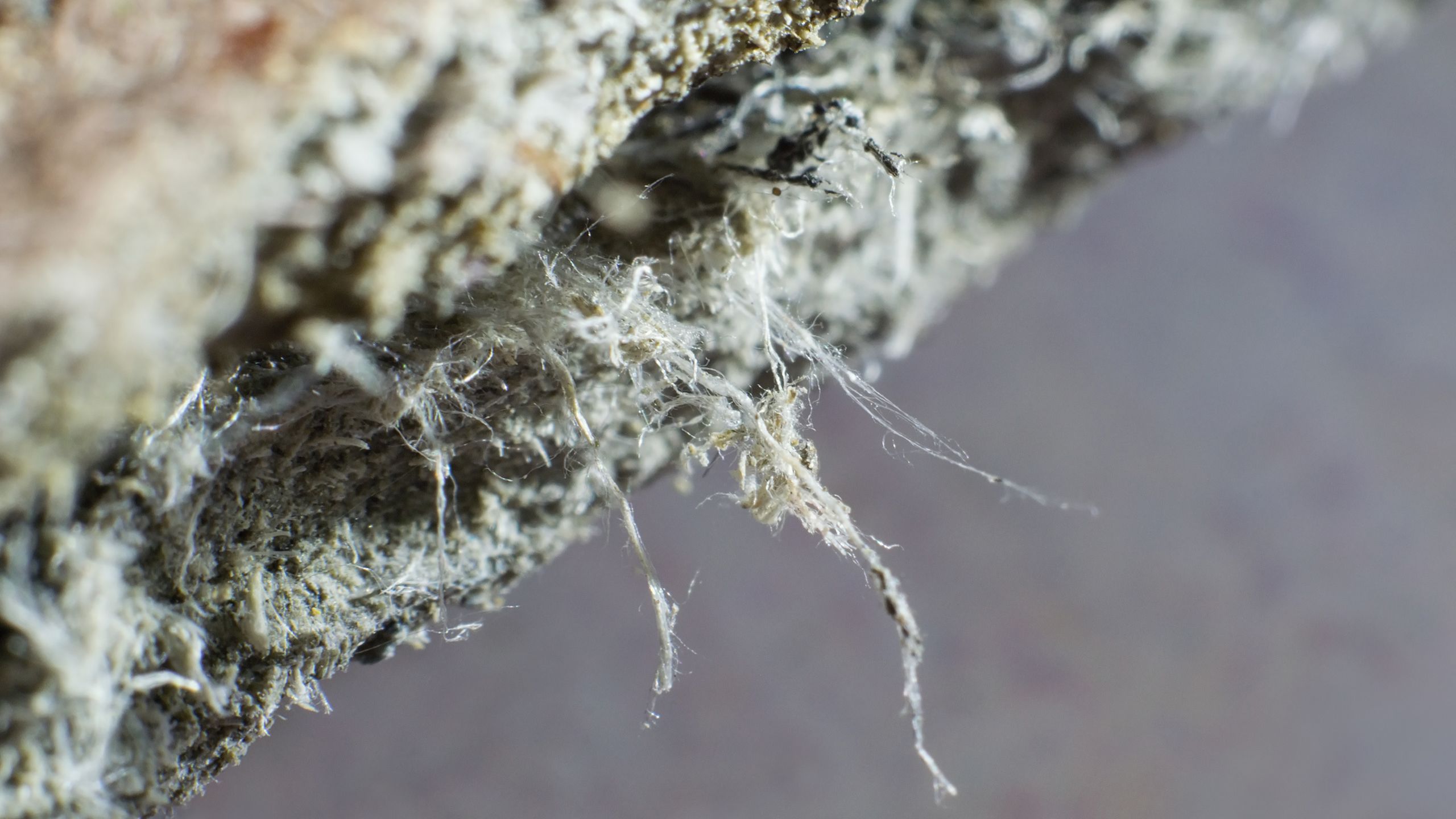

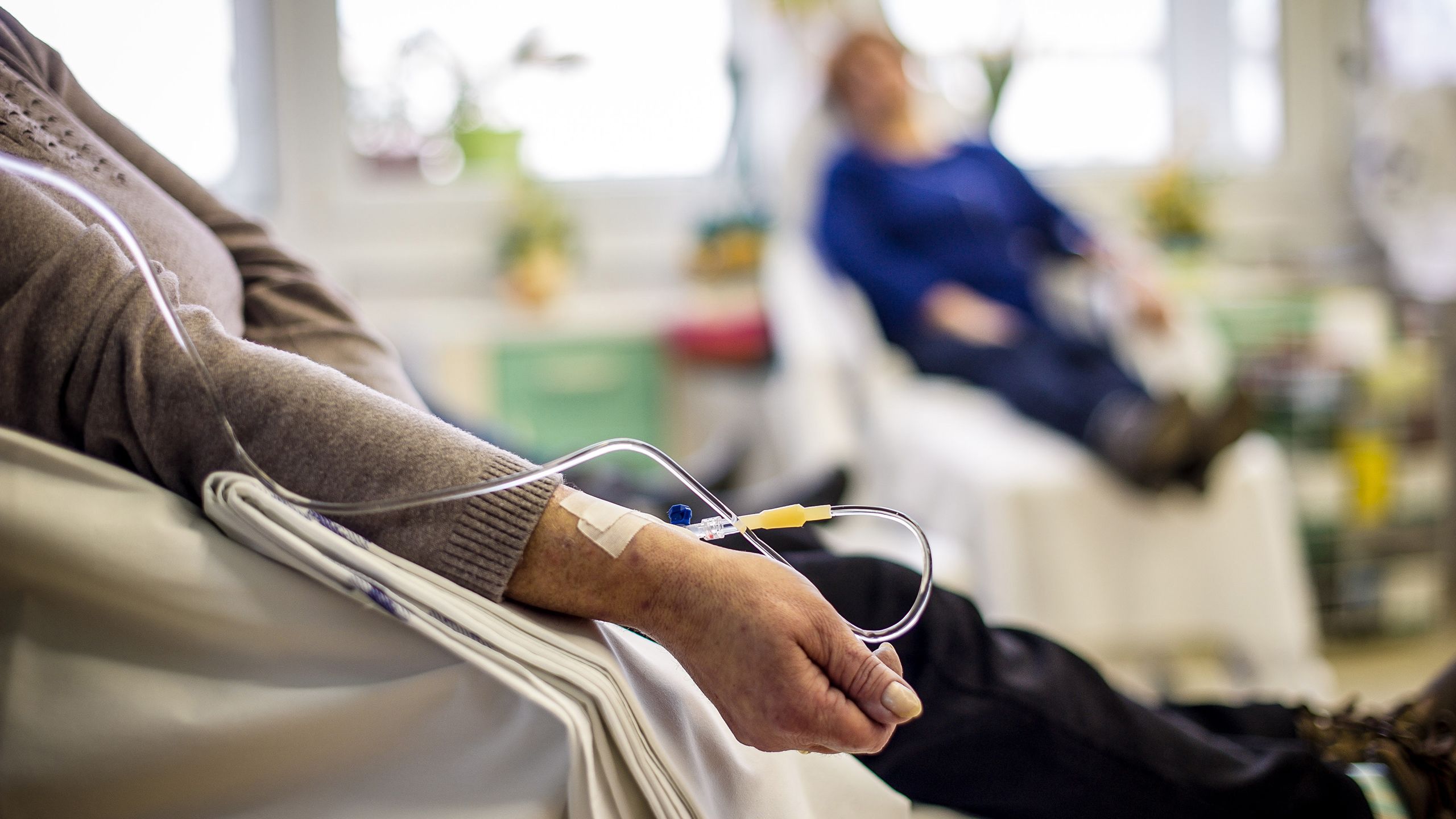

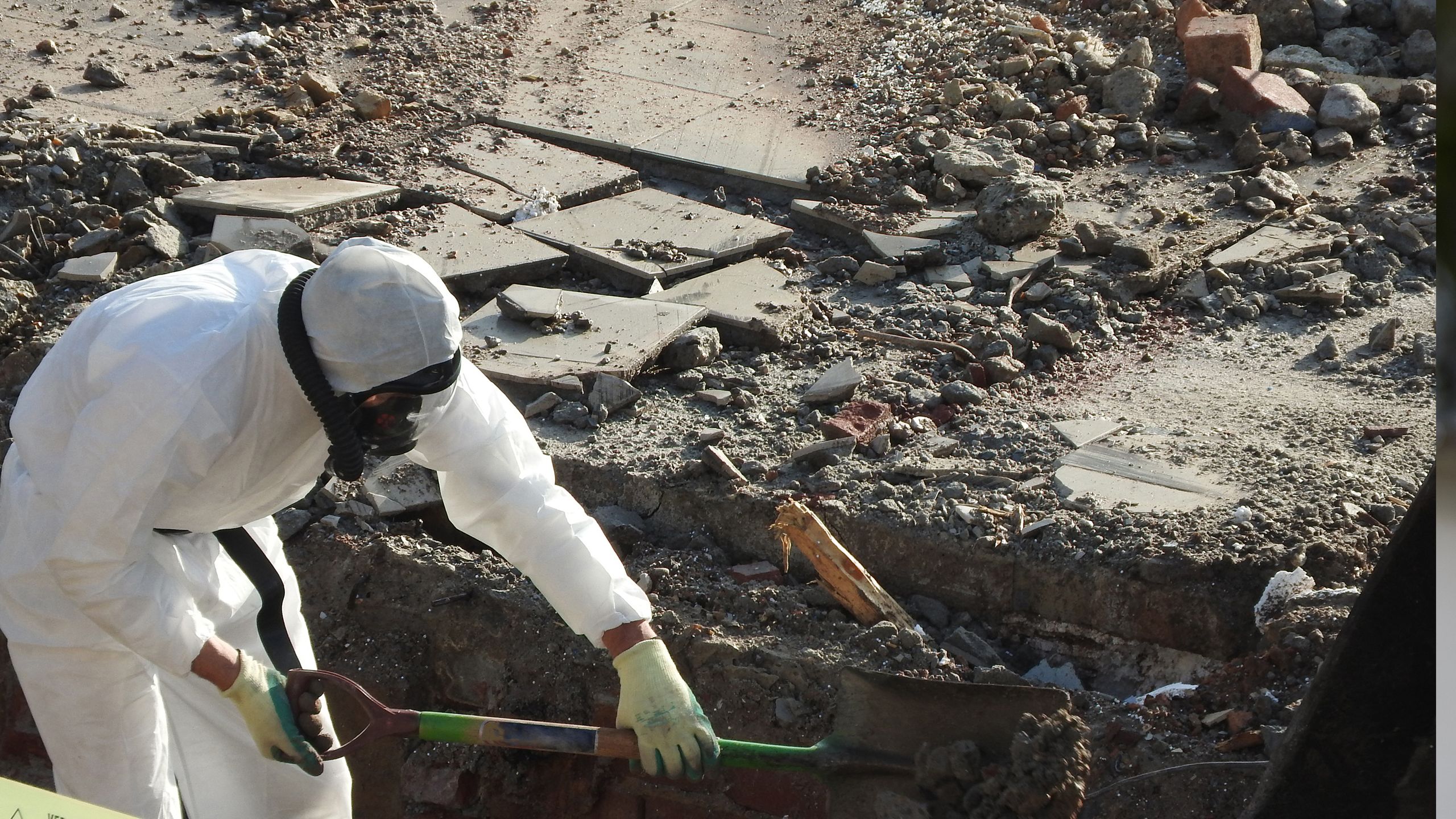
The next 40 years
Mesothelioma is a preventable illness and I hope that as time goes on it will become a condition people live with rather than a fatal disease, until the incidence of it hopefully disappears altogether. We cannot change the past, but we can change the future. The Government must now act. Reliance on existing regulations won't be enough. We have attempted to manage asbestos rather than remove it for years. This hasn’t worked. People are still being exposed more than 20 years after asbestos was banned. There cannot be any more procrastination. No more passing the buck to employers and duty holders. Decisive action must be taken and there must be a clear timeframe. The reason the asbestos industry was allowed to flourish for so long was due to money and greed. In my opinion, this remains one of the major reasons why asbestos is managed and not removed. Asbestos removal is expensive, so the strategy has been to leave it alone and manage it. The advice has been that that is the safest thing to do. But what about when things go wrong? Fires where asbestos materials are burned causing the fibres to be released, vandalism, accidental damage, people disturbing asbestos because of lack of awareness. It’s easy to see lots of circumstances where people can still be inadvertently exposed.
Asbestos containing materials still pose a huge risk. The Government must provide funding for its removal and help people and organisations do it easily, cheaply and properly. Otherwise, things will still go wrong, corners will be cut and more people will die. The recent Work and Pensions Committee recommendations must be taken on board with an across-government and system-wide strategy devised for the safe and phased removal of asbestos. High risk settings such as schools must undoubtedly be tackled first. But 40 years is simply too long. Thousands more lives will be lost unless our asbestos legacy is addressed. If I am lucky enough to reach the age of 80 in 40 years’ time, I sincerely hope that asbestos is no longer killing people and ruining the lives of their families like it did to Alice.
Save the date
Save the date: To mark the 40th anniversary of the airing of Alice - A Fight for Life RWK Goodman will be hosting a screening of the documentary at Hebden Bridge Cinema on Thursday 29 September 2022 followed by drinks and nibbles. Please register here to save your space. Everyone is welcome. The suggested donation for attendance is £20 per person and all funds raised will be donated to asbestos support groups that are part of the Asbestos Victims Support Group Forum.



